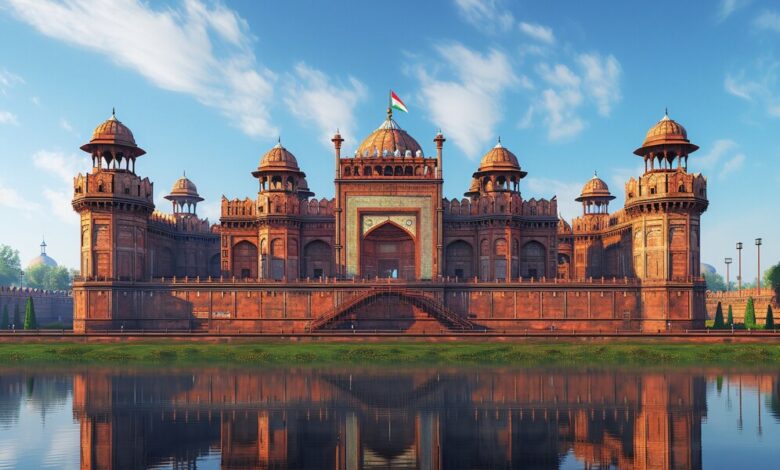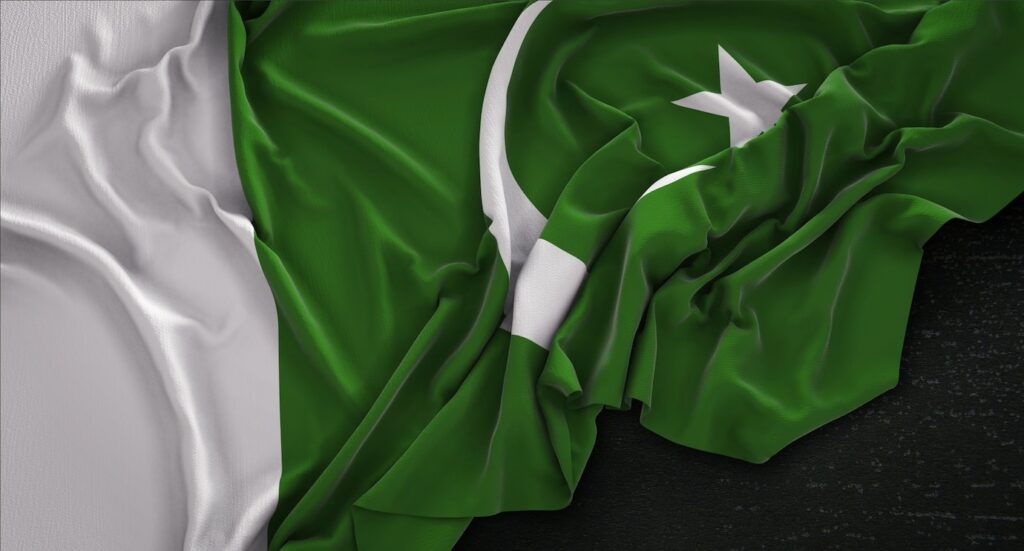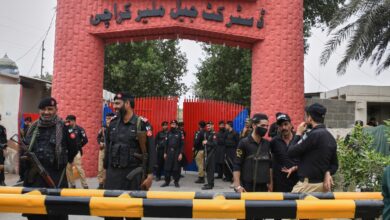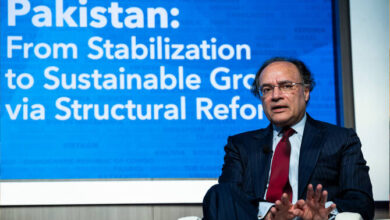
Introduction: The Glory and Legacy of the Mughal Empire
The Mughal Empire stands as one of the most significant and influential dynasties in the history of the Indian subcontinent. For over three centuries, it dominated vast territories, leaving a lasting imprint on culture, architecture, governance, and society. In what is now Pakistan, the Mughals played a crucial role in shaping the cultural and historical landscape. Their architectural marvels, administrative systems, and cultural advancements remain a testament to their legacy.
Understanding the rise and fall of the Mughal Empire offers invaluable insights into how empires flourish and decline. By exploring this historical journey, we can better appreciate the richness of Pakistan’s history and the lessons it holds for contemporary leadership, governance, and cultural preservation.
The Origins of the Mughal Empire

Babur’s Journey to Power in the Indian Subcontinent
The Mughal Empire’s origins can be traced back to Zahir-ud-din Muhammad Babur, a descendant of Timur and Genghis Khan. Babur’s ambitions led him to the Indian subcontinent, where he defeated Ibrahim Lodi at the Battle of Panipat in 1526. This victory marked the establishment of the Mughal dynasty, with its initial roots in present-day northern India and parts of Pakistan. Babur’s leadership skills and military strategy set the foundation for a powerful empire.
Babur’s journey wasn’t without challenges. His early struggles to retain territories in Central Asia shaped his resilience and tactical acumen. When he finally gained a foothold in the Indian subcontinent, he brought with him a unique blend of Persian culture, Central Asian traditions, and military innovation, which would later define the Mughal Empire’s identity.
The Role of Early Conquests in Establishing the Empire
Babur’s conquests were not limited to military victories; they also laid the groundwork for administrative and cultural integration. His successors built upon these achievements, expanding the empire’s territory and influence. Key regions in present-day Pakistan, such as Lahore and Multan, became vital centers of Mughal administration and culture.
These early conquests demonstrated the Mughals’ ability to adapt and integrate diverse regions under a unified rule. Babur’s memoirs, the Baburnama, provide a vivid account of his campaigns, offering valuable historical insights into the empire’s formative years. These victories set the stage for the Mughal Empire’s golden age.
The Golden Age of the Mughal Empire
Akbar’s Vision of Unity and Religious Tolerance
Akbar the Great, the third Mughal emperor, is often credited with ushering in the golden age of the empire. His policies of religious tolerance and inclusivity were revolutionary for their time. By introducing the policy of Sulh-e-Kul (universal tolerance), Akbar sought to bridge the gap between different religious and ethnic communities, creating a more harmonious and unified empire.
Under Akbar’s reign, the empire expanded significantly, encompassing much of the Indian subcontinent, including key regions of modern-day Pakistan. His administrative reforms, such as the Mansabdari system, ensured efficient governance and resource management. Akbar’s vision of unity became a cornerstone of the Mughal Empire’s strength and stability during its peak.
Cultural and Architectural Achievements: Lahore Fort and Badshahi Mosque
The Mughal Empire’s cultural and architectural achievements during its golden age are unparalleled. In Pakistan, iconic structures like the Lahore Fort and Badshahi Mosque stand as testaments to Mughal grandeur. These architectural marvels reflect a unique blend of Persian, Central Asian, and Indian influences, showcasing the empire’s artistic excellence.
The Lahore Fort, a UNESCO World Heritage Site, served as a symbol of Mughal power and artistic sophistication. Similarly, the Badshahi Mosque, commissioned by Emperor Aurangzeb, remains one of the largest and most stunning mosques in the world. These landmarks continue to attract visitors and historians, preserving the legacy of the Mughals in Pakistan.
The Decline of the Mughal Empire
Aurangzeb’s Reign: Expansion and Challenges
Aurangzeb Alamgir, the sixth Mughal emperor, presided over the empire at its territorial zenith. However, his reign was marked by significant challenges, including internal rebellions and rising external threats. While Aurangzeb’s expansionist policies extended the empire’s boundaries, they also overstretched its resources and administrative capacity.
Aurangzeb’s strict religious policies alienated many communities, weakening the unity fostered by his predecessors. The financial strain of continuous military campaigns further eroded the empire’s stability. These factors collectively set the stage for the Mughal Empire’s decline, as regional powers and European colonizers began to assert their influence.
Internal Conflicts and Weak Successors
After Aurangzeb’s death, the Mughal Empire entered a period of rapid decline. Weak successors lacked the leadership qualities needed to maintain the vast empire. Internal conflicts, including succession disputes and regional uprisings, further fragmented the once-unified empire.
Key regions in Pakistan, such as Sindh and Punjab, experienced a decline in Mughal influence as local rulers asserted their independence. The lack of strong central authority made the empire vulnerable to external invasions and colonial ambitions, ultimately leading to its fall.
The Mughal Legacy in Modern-Day Pakistan
Influence on Pakistani Art, Architecture, and Culture
The Mughal Empire’s influence is deeply embedded in Pakistan’s art, architecture, and culture. The intricate designs of Mughal-era monuments, such as the Shalimar Gardens and the Tomb of Jahangir, continue to inspire modern architects and artists. These cultural treasures serve as a reminder of the empire’s artistic brilliance and enduring legacy.
In addition to architecture, the Mughals left a lasting impact on Pakistan’s culinary traditions, language, and fashion. Dishes like biryani and kebabs, which were popularized during the Mughal era, remain staples of Pakistani cuisine. Similarly, the use of Urdu as a lingua franca can be traced back to the Mughal court, where it evolved as a language of culture and diplomacy.
Preserving Mughal Monuments: A Historical Responsibility
Preserving the architectural heritage of the Mughal Empire is a collective responsibility. Efforts to restore and maintain landmarks like the Badshahi Mosque and Lahore Fort not only honor the past but also promote tourism and cultural awareness. Organizations and government initiatives play a vital role in safeguarding these historical treasures for future generations.
Public awareness campaigns and community involvement are essential for preserving these sites. By recognizing the value of Mughal heritage, Pakistan can continue to celebrate its rich history while promoting national pride and unity.
Lessons from History: Understanding the Rise and Fall
The Importance of Strong Leadership and Unity
The Mughal Empire’s history underscores the significance of strong leadership and unity in building and sustaining a successful empire. Leaders like Akbar demonstrated the importance of inclusivity and strategic governance, while the decline of the empire highlights the consequences of internal divisions and weak leadership.
Modern leaders can draw valuable lessons from the Mughal experience. By fostering unity, embracing diversity, and investing in sustainable growth, contemporary governments and organizations can avoid the pitfalls that led to the empire’s fall. The Mughal story serves as a timeless reminder of the importance of visionary leadership.
How the Mughal Story Shapes Modern Governance
The administrative innovations introduced by the Mughals, such as the Mansabdari system, continue to influence modern governance practices. Concepts like efficient resource allocation, centralized administration, and cultural integration remain relevant in today’s political and organizational frameworks.
By studying the rise and fall of the Mughal Empire, policymakers and scholars can gain valuable insights into the dynamics of power, governance, and cultural harmony. These lessons are particularly relevant for nations like Pakistan, where the legacy of the Mughals is deeply intertwined with national identity.
Conclusion: A Timeless Chapter in Pakistan’s History
The rise and fall of the Mughal Empire is a story of ambition, innovation, and resilience. It is a chapter of history that continues to shape the cultural and historical identity of Pakistan. From architectural marvels to administrative innovations, the Mughals’ contributions remain a source of pride and inspiration.
As we reflect on this rich legacy, let us strive to preserve it for future generations. By celebrating the achievements of the Mughal Empire and learning from its challenges, we can build a more inclusive and prosperous future. Share your thoughts on the Mughal legacy in the comments below, and don’t forget to subscribe to our newsletter for more historical insights.
FAQs
1. What were the major achievements of the Mughal Empire in Pakistan?
The Mughal Empire’s major achievements in Pakistan include architectural wonders like the Lahore Fort and Badshahi Mosque, cultural advancements, and contributions to art, cuisine, and language.
2. Why did the Mughal Empire decline?
The decline of the Mughal Empire was due to factors like weak leadership, internal conflicts, overexpansion, and the rise of European colonial powers.
3. How has the Mughal legacy influenced modern Pakistan?
The Mughal legacy has influenced modern Pakistan through its architectural heritage, cultural traditions, and administrative practices, which continue to shape the country’s identity.






